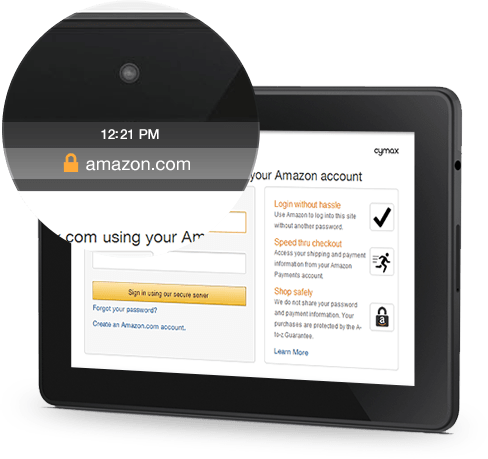

Shortly after a Bloomberg report indicating that PayPal and Amazon have been discussing ways to work together on payments, Amazon unveiled a new milestone for its own payments business. The retailer said this morning that over 33 million customers have now used Amazon Payments to make a purchase – a figure that’s up 10 million from the 23 million it had in April of last year.
Essentially Amazon’s PayPal rival, Amazon Payments allows online shoppers to check out on merchants’ websites using the payment information they already have stored in their Amazon accounts. Merchants can offer this functionality by integrating with Amazon’s own tools, like “Login and Pay with Amazon,” or they can use tools already offered by their e-commerce platform provider.
Amazon had opened up Amazon Payments to global partners in 2016, bringing platforms like PrestaShop, Shopify, and Future Shop on board. That likely contributed to the increased usage of the service being announced today, given the program signed up 50 providers in its first 8 months. Additionally, Amazon expanded into new markets, including France, Italy and Spain last year, and entered new verticals, like government payments, travel, digital goods, insurance, entertainment, nonprofits and charities, the company noted.
Amazon also said that payment volume nearly doubled in 2016, but failed to offer any solid numbers associated with that. It did reference the increased volume on Cyber Monday as contributing to this growth.
However, it’s worth pointing out how closely tied Amazon Payments is tied with Amazon Prime. Though Amazon Payments doesn’t require that shoppers are Prime members to use the service, those who are make up the majority of Amazon Payments transactions. This makes sense as Prime members are more likely to have their current credit or debit card information and addresses on file with Amazon, compared with less frequent Amazon shoppers. Over 50 percent of Pay with Amazon customers are Prime members, said the retailer.
In addition, over 32 percent of transactions using Pay with Amazon came from a mobile device. This figure is more likely an indication of the growth of mobile commerce in general as it lines up with the figures rival PayPal reported during the Black Friday shopping season.
Amazon Payments could be another means for the company to profit from its sizable user base who have their credit card numbers and shipping addresses saved on its site. Today, the company takes 2.9 percent of its U.S. transactions, plus a $0.30 authorization fee. The average Pay with Amazon purchase was $80 last year, Amazon also said, and the largest single transaction was $40,000. PayPal still has Amazon beat on that front, as it saw a purchase of over $75,000 on Thanksgiving this year, as well as one topping $53,000 on Black Friday.

